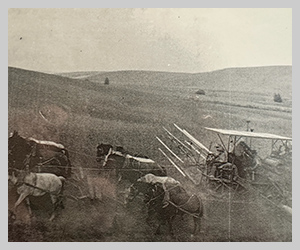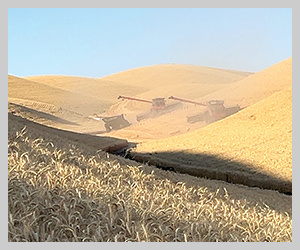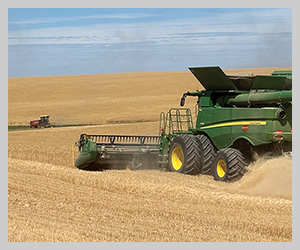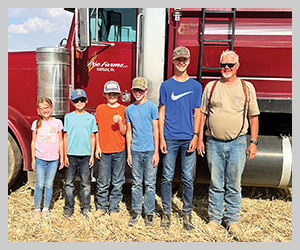
On Sept. 30, the most recent farm bill, passed in 2018, will expire. This means we are, once again, facing a critical deadline. If you’ve been paying attention to how Congress handles the farm bill, you know we’ve been limping along on a series of extensions. A new bill should have been in place years ago. Instead, we’re still operating under a law drafted when smartphones still had home buttons and before anyone had heard of COVID-19.
Does your farm or your family operate today as it did in 2018? I know mine doesn’t. Commodity prices have shifted, inflation is squeezing every dollar, markets have changed, and weather patterns continue to present new challenges. We are facing new risks, rising input costs, and increased scrutiny like never before. So why are we still expected to plan our operations based on a policy written seven years ago, expired two years ago, and sustained only by multiple extensions?
As a wheat grower with significant acres enrolled in the Conservation Reserve Program (CRP), I rely on the farm bill not just in theory, but in practice. Programs like CRP do more than provide conservation benefits; they offer essential income stability and long-term planning tools for growers like me who are committed to keeping our land productive and sustainable.
But here’s the problem: more and more, key parts of the farm bill are being stripped out and shoved into standalone legislation, most notably in the “Big, Beautiful Bill.” While that legislation accomplished a few things, it failed to include funding for the farm bill’s conservation title. Extracting programs such as CRP from the comprehensive farm bill framework may appear efficient in the short term, but it jeopardizes the delicate bipartisan coalition that has historically been vital to the bill’s successful passage.
Traditionally, the farm bill has succeeded because it brings together both urban and rural interests. Food stamps (SNAP) and nutrition assistance are in the same conversations as commodity programs and conservation incentives. That’s not an accident. That structure is what ensures that lawmakers from New York or Chicago will sit down at the table with those from Montana or Washington state. It’s that structure linking nutrition, conservation, and farm policy that gives the bill the political strength to succeed.
Why should consumers care about the farm bill? It’s about food security. It’s about protecting our land and water for future generations. It’s about ensuring that family farms have the support to survive and adapt in an increasingly complex world. If you care about what’s on your grocery store shelves, school lunches, or how much it costs to feed your family, then you should care about the farm bill.
The farm bill is the backbone of American agriculture, shaping everything from crop insurance and commodity safety nets to rural development, trade programs, and research. It funds risk management programs that protect farmers from extreme weather and volatile markets. Above all, it provides stability in a profession where uncertainty is constant.
If you’re a farmer, raise your voice. Our future depends on it. If you’re a consumer, stay informed and demand change. And if you’re a legislator, it’s time to step up and do what’s right. Our farms, our families, and our future is counting on it. Farm bill or bust. It’s really that simple.

















